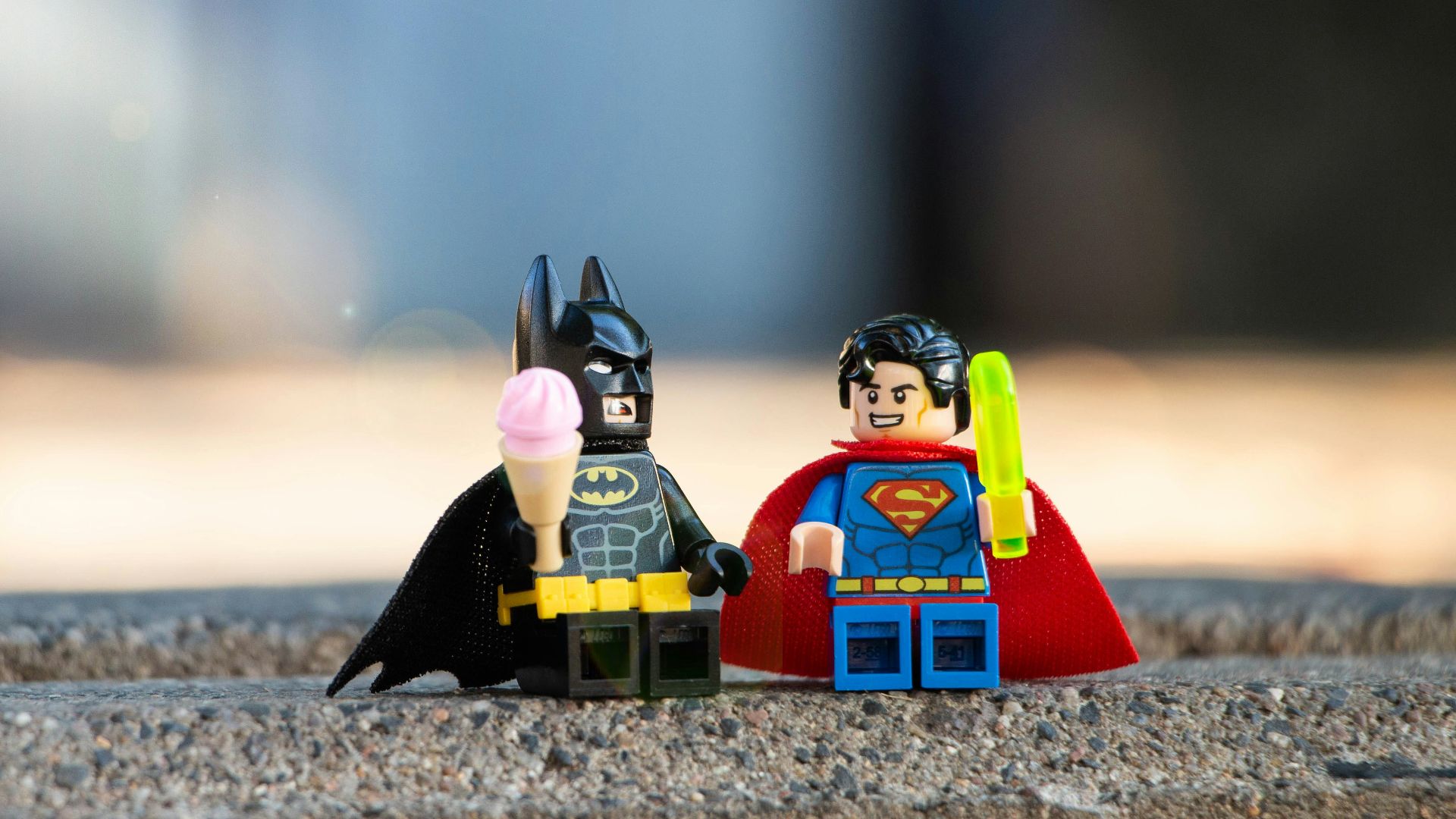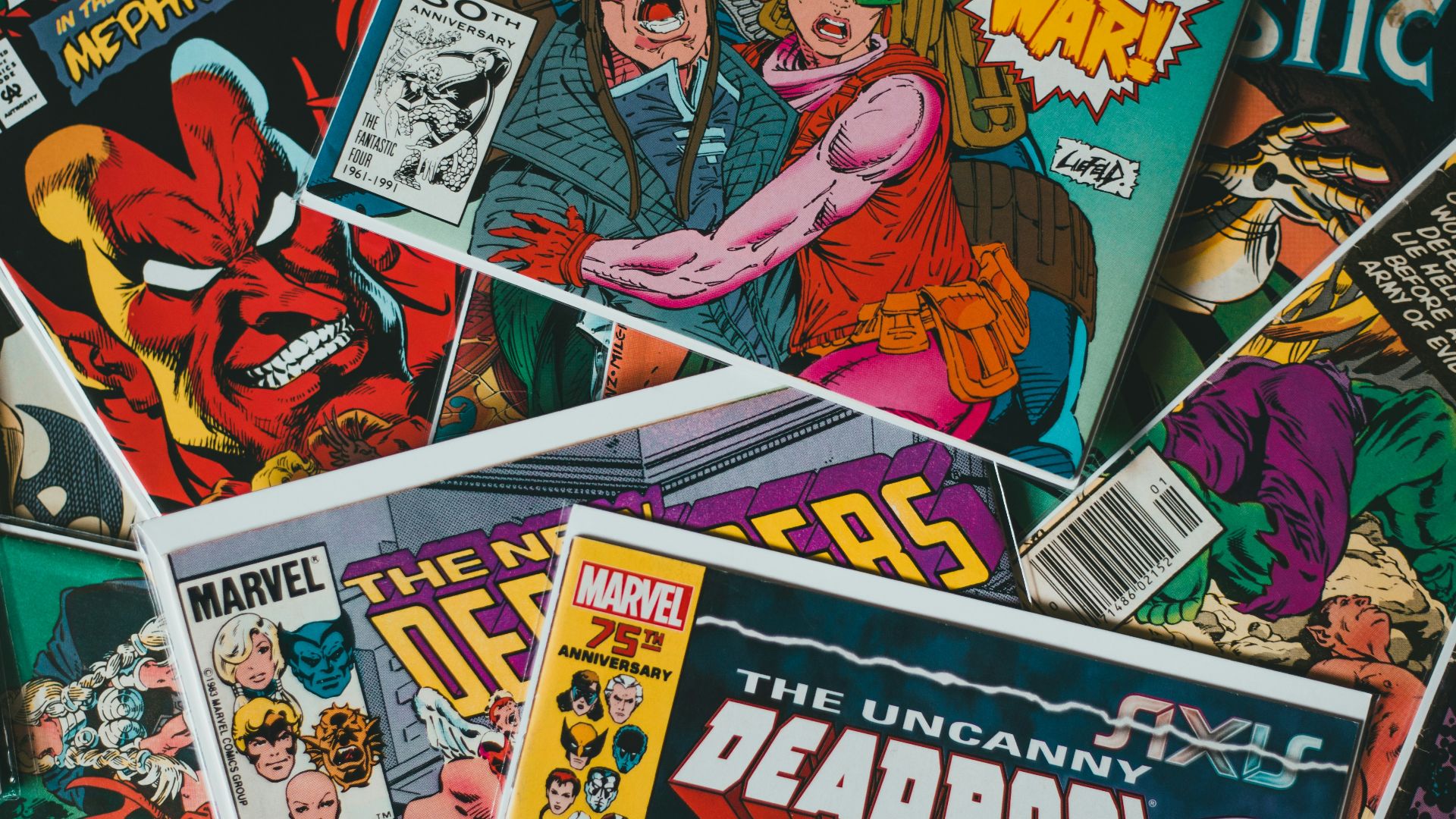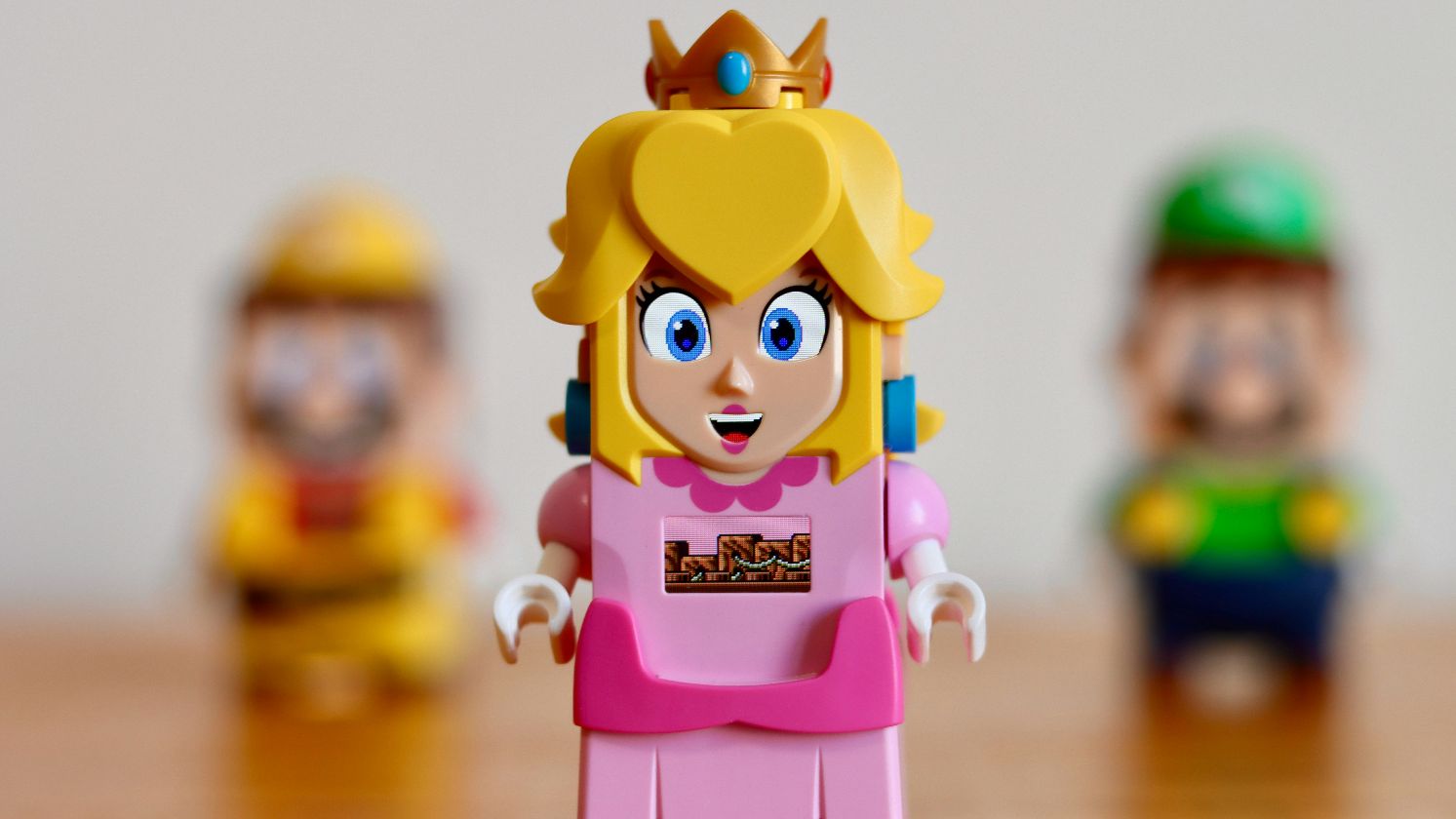Comic books used to be the exclusive province of teenage boys and basement-dwelling collectors. Now they are one of the most powerful storytelling formats of our time. Comic books were once throwaway pamphlets available for a penny at your local newsstand. Today, they are a multibillion-dollar worldwide business that influences blockbuster films, television shows, video games, fashion, music, and even politics. The industry has produced superheroes like Spider-Man, Batman, and Wonder Woman that have become modern myths with global recognition, and more literary tales like Neil Gaiman’s The Sandman or Art Spiegelman’s Pulitzer Prize-winning Maus that show the same literary prowess and emotional resonance as any novel.
In the Age of Hollywood
Marvel, DC, and Image Comics: three names that have each had a monumental impact on the world of comic books and have, in turn, shaped how they transition from comics to films and TV. Marvel Studios’ success started with Iron Man in 2008 and began a trend of shared cinematic universes unlike any other in blockbuster filmmaking, with films like Avengers: Endgame and Black Panther becoming billion-dollar successes and cultural phenomena worldwide. The characters of DC Comics have also undergone reboots and revivals, with The Dark Knight trilogy, and The Batman serving as reminders of just how long audiences’ interest in Batman can run. Even Image Comics, a “Big Three” rival and “creator-owned” alternative to Marvel and DC formed in the 1990s, has found hits in adaptations like Invincible and The Walking Dead, amassing huge viewership across television audiences not necessarily limited to or found in traditional comic book shops.
Why We Love Superheroes
Superheroes are more than entertainment; they are cultural icons that tap into our deepest desires and fears. They embody our longing for power, justice, and hope in a world that often seems chaotic and unfair. Superheroes are popular because they resonate with our need for heroes. In times of uncertainty and crisis, people turn to superheroes for reassurance and inspiration.
Superheroes are also products of their time and place. The superheroes of the Golden Age of comics in the 1930s and 1940s, for example, reflected the optimism and patriotism of the United States during World War II. Similarly, the darker and more complex superheroes of the 1960s and 1970s mirrored the social upheavals of the civil rights movement. Today’s superheroes reflect the anxieties and challenges of the 21st century, from environmental disasters to technological dystopias.
The Final Panel
The public’s appetite for superheroes is deeper than a thirst for spectacle. In uncertain times, these figures can tap into a hardwired human desire for power, justice, and hope. We project our collective longing to be saved onto superhero stories, whether that means salvation from chaos, corruption, or our own personal inadequacies. When people feel helpless, superhero fantasies promise them control: the power to do right, to fly above it all, to feel like they matter in an uncaring world.
Comic books have a long way to go from the spinner racks of the 1950s. But they’ve come far in the last 70 years, from pulpy entertainment to global pop culture with the power to frame the stories we tell about ourselves and our world. Whether on the page or the screen, superheroes will continue to be icons of our imagination and identity, proof that even the “nerdy” can become mythic when it speaks to what’s most human in all of us.











